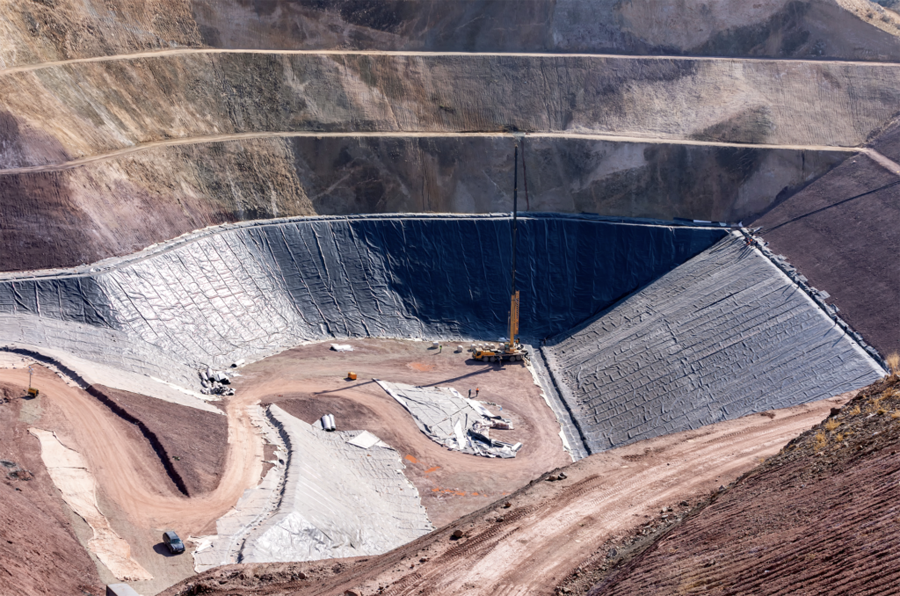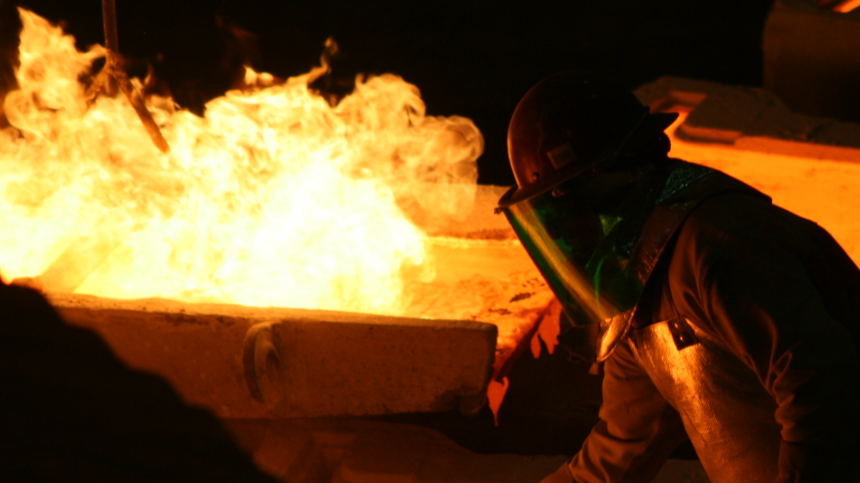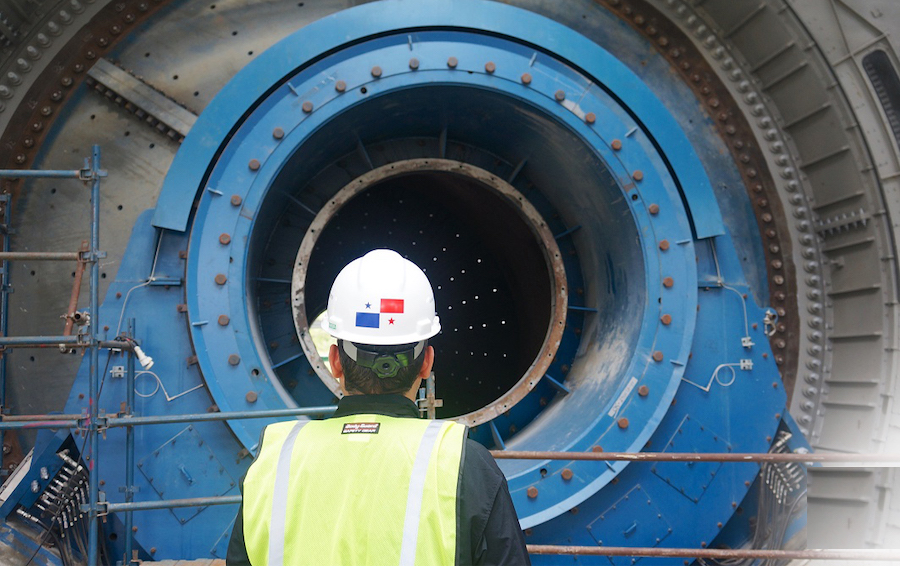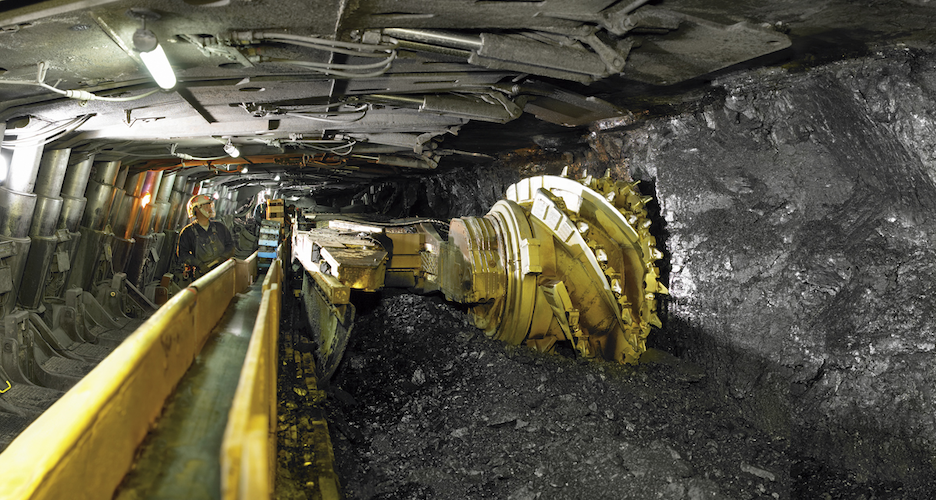Universities, mining majors partner on research project to reduce risk of tailings dam failures


The research was conducted as part of a project called TAILLIQ (Tailings Liquefaction), funded by the Australian Research Council (ARC), with in-kind support and additional funding provided by Anglo American, BHP, Freeport-McMoran, Newmont, Rio Tinto and Teck Resources. The TAILLIQ project aims to help better understand and reduce the risk of mine tailings loss of containment from static liquefaction.
The TAILLIQ researchers are from The University of South Australia, The University of Western Australia (UWA), The University of Wollongong and UNSW.
Their most recent research discovery surrounds the way the cone penetration test (CPT) can be used to determine the state and strength of the tailings.
New experimental evidence, backed up by comparisons with field data, underpins a new CPT interpretation framework enabling engineers to interpret CPT data in saturated and unsaturated silty tailings, as revealed in a new Geotechnique paper. The Institution of Civil Engineers, publisher of the paper, have made it freely downloadable until August 1.
The three-year study, involving a gold and a copper tailings, found that:
- Cone penetration resistances increase due to the presence of suction when the tailings are unsaturated;
- The resistances can be normalized and used to establish relationships with the initial state parameters, for both saturated and unsaturated states, as long as the presence of suction hardening as well as the influence of suction on the mean effective stress are accounted for, and as long as the cone penetrations occur under drained conditions;
- The relationships enable state parameters to be back-calculated, and estimations of the tailings’ peak friction angles for drained loadings as well their propensities to liquefy during undrained loadings to be made.
“This research will help engineers directly. The CPT interpretation methods used in industry prior to these discoveries were developed primarily for saturated natural soils,” Professor Adrian Russell at The University of New South Wales in Sydney, Australia, the lead author of the paper, said in a media release.
“There are many differences between saturated natural soils and tailings in a dam, with tailings being more silty in many cases,” Russell said. “Also, there are many sections of tailings which are unsaturated, or have negative water pressures due to capillary rise when saturated. These effects have not been routinely addressed when interpreting CPT data.”
Dr. Michael Davies, Senior Advisor on Tailings & Mine Waste at Teck Resources, underscores the need for universities and industry to work together and close the knowledge gap.
“Collaborations of this type produce outcomes than can be understood and used by industry, providing access to the most advanced research tools and techniques to help solve some of the most pressing problems,” Davies said.
TAILLIQ has generated mountains of high-quality laboratory data, and field interpretations, along with new theoretical explanations and modelling tools, that relate to fundamental tailings behaviour and strengths, as well as practical guidelines.
The researchers are not stopping. Professor Russell was recently awarded a Future Fellowship by the ARC, enabling him to devote 100% of his time to addresses the effects of aging, and earthquake loading, to help ensure the safety of tailings dams over their 10,000 year design life.
A list of publications so far can be found here.
This post has been syndicated from a third-party source. View the original article here.




